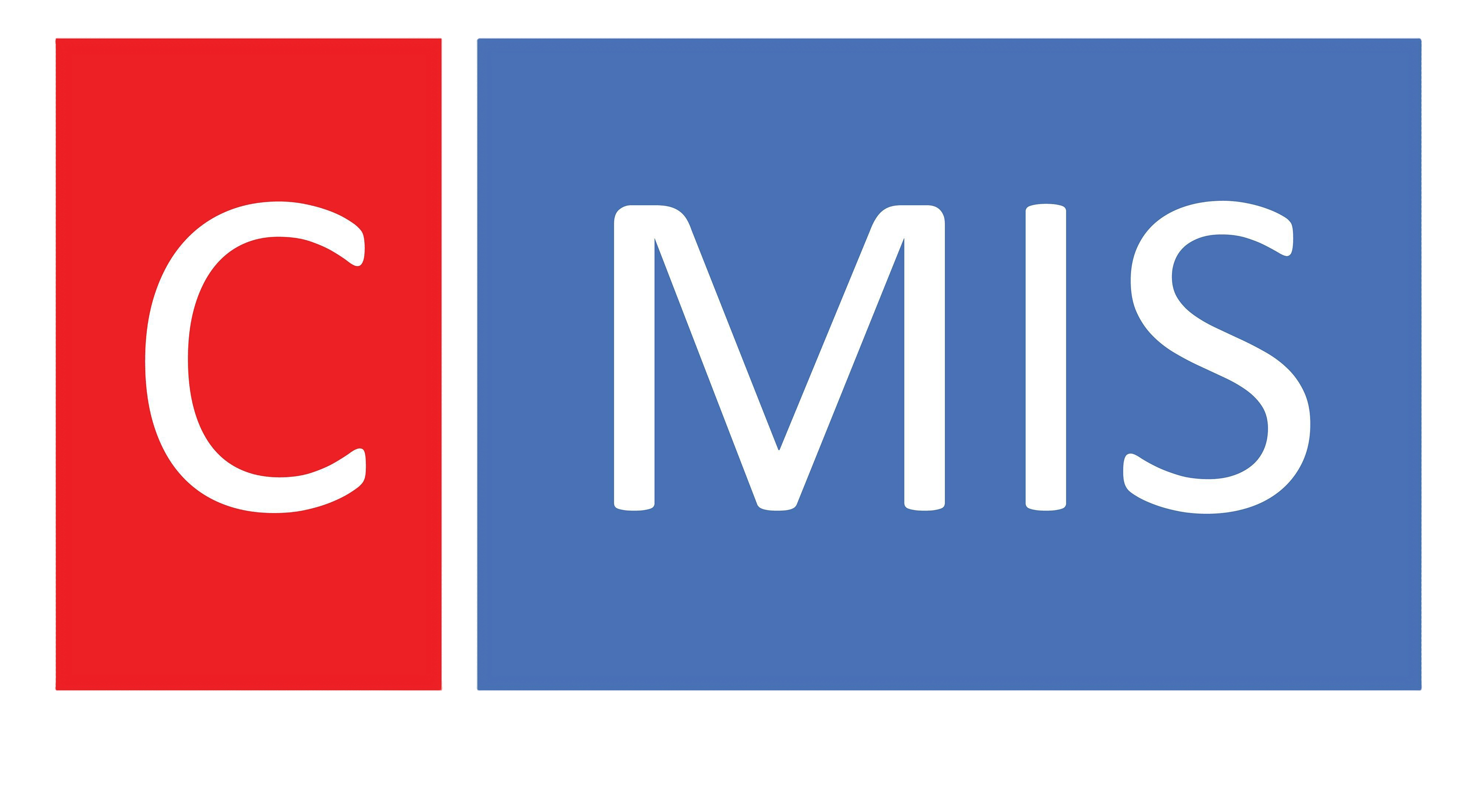- Discover how a centralized construction management software can streamline communication and drastically cut down on project claims, ensuring smoother project execution.
- Learn key strategies for real-time data tracking that can empower you to make instant adjustments, keeping your projects on schedule and within budget.
- Uncover the best practices for engaging stakeholders and training your team to maximize the benefits of technology in your construction projects.
As a construction manager working in the city or county sector, your role is pivotal in ensuring that projects run smoothly, stay within budget, and adhere to timelines. However, the complexities of construction projects can often lead to delays, cost overruns, and compliance challenges, particularly when federal funding is involved. Fortunately, construction management software (CMS) can serve as a transformative tool to enhance project tracking and mitigate these issues.
Understanding how to track construction projects effectively is essential. Effective tracking begins with establishing a clear framework for project management processes. Here are several key strategies to adopt:
1. Define Clear Objectives and Milestones: At the onset of each project, outline specific objectives and break the project into manageable phases with clear milestones. This creates a roadmap that emphasizes accountability and allows for the monitoring of progress against established benchmarks.
2. Use Real-Time Data: Employ CMIS that offers real-time data tracking. This technology enables you to monitor labor, materials, and progress in real time, facilitating immediate adjustments to any deviations from the plan. With CMIS, you can gather data on resource allocation, project progression, and budget consumption, fostering informed decision-making.
3. Centralize Documentation: CMIS can serve as a centralized hub for all project-related documentation. Ensure that all stakeholders can access project plans, contracts, and compliance documents. This mitigates miscommunication and ensures everyone is on the same page.
4. Monitor Compliance with Federal Requirements: For projects funded by federal dollars, compliance with various regulations is non-negotiable. Effective project tracking encompasses staying updated on federal requirements, such as those set by the Federal Acquisition Regulation (FAR). CMIS includes compliance features, allowing you to pass federal audits quickly.
5. Implement Regular Reporting and Feedback Loops: Maintain a routine of regular reporting. This includes weekly updates and monthly reviews to discuss progress with stakeholders and address any concerns. Use CMIS functionality for automated reporting to save time and improve consistency.
- Reducing construction claims through better management is a significant concern for city and county projects. Claims can arise from various issues, such as delays, miscommunication, and unexpected costs. Effective use of CMIS can help reduce these instances through:
- Enhanced Communication: With all stakeholders using the same platform, communication becomes streamlined, greatly reducing the likelihood of misunderstandings and disputes.
- Thorough Documentation: The CMIS helps ensure all changes and agreements are documented meticulously, which is crucial for defending against potential claims. Maintaining thorough records supports transparency and accountability.
- Issue Tracking: Utilize features within your CMIS to track issues as they arise. This proactive approach allows you to address concerns immediately before they escalate into claims or disputes.
When implementing a Construction Management Information System (CMIS) in city and county projects, best practices to follow include:
1. Engage Stakeholders Early: Involve all stakeholders in the selection and implementation process of the CMIS. Their input is vital for ensuring the system meets the needs of those who will utilize it.
2. Conduct Training Sessions: Provide comprehensive training for all users to encourage proficiency and efficiency. Ensure that your team understands how to utilize the software effectively to maximize its benefits.
3. Regularly Update the System: Like any technological tool, keeping your CMIS updated with the latest features and compliance regulations is essential. Regular updates also help in solving any glitches that could disrupt project tracking.
4. Benchmarking for Continuous Improvement: Use the data collected from the system to benchmark against previous projects. This analysis provides insights into areas for improvement and helps refine future project tracking practices.
To illustrate the effectiveness of CMIS, consider the case study of a municipal renovation project where a county used CMIS to manage their multi-phase development. By centralizing communication, documentation, and progress monitoring through their chosen software, the project not only adhered to its initial timeline but also managed to reduce costs by 15%. Documentation of project changes and clear communication channels mitigated disputes regarding delays and claims.
As a construction manager, embracing construction management software can significantly enhance your operational efficiency and project success. By implementing the strategies discussed, you can expect to see improvements in project tracking, adherence to budgets, and compliance with regulatory requirements. Let these practices foster a stable environment for your projects, ultimately achieving results that benefit your community and stakeholders effectively.
As you reflect on the critical strategies for effective construction project management, consider how implementing a robust construction management information system can elevate your team's performance. To explore how CMIS solutions can integrate seamlessly into your workflows and provide the support you need, we invite you to visit the CMIS website for comprehensive insights and tools tailored for city and county construction managers. By taking this step, you not only equip yourself with the knowledge necessary for transformation but also enhance the stability and success of your projects, benefiting your community at large.



